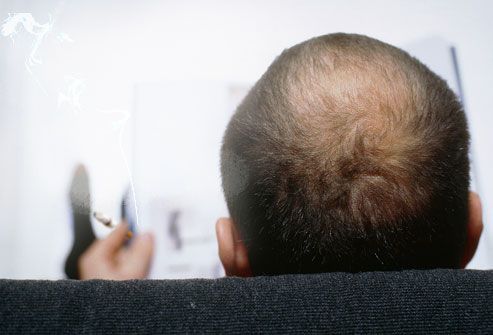 |
| Credit: www.alz.org |
Expert advice for
those facing the challenges brought on by the disease.
The picture isn't
necessarily pretty when it comes to Alzheimer's disease.
"There are times that it can be difficult to handle
someone with Alzheimer's, but you have to have patience, and you have to put
yourself in their shoes," said Teresa Dinau, a caregiver for Home Care
Assistance, based in Palo Alto,
Calif. "It's important to
try to understand what they're going through."
Dr. Jacobo Mintzer, chairman of the Medical and Scientific
Advisory Board for the Alzheimer's Foundation of America, said that the biggest
initial problem for caregivers is often that "they're trying to preserve
the person they knew as long as possible."
"That's usually where they get themselves into
trouble," he said. "Because of this desperate need to try to preserve
the person, caregivers will put themselves in dangerous situations, like
letting the person with Alzheimer's drive because it has always been important
to them."
Not pushing someone with Alzheimer's to be who they used to
be makes some caregivers feel like they've given up on their loved one, added
Mintzer, who's also a physician at the Ralph H. Johnson VA Medical Center in
Charleston, S.C.
But he said that's not the case and that there are plenty of
safe ways to keep a connection. If someone with Alzheimer's used to like to
swing dance, for instance, and you put on music and swing dance with them, it
will often be calming, he said. Or, people with Alzheimer's usually enjoy
looking at photos from the past, according to the Alzheimer's Association.
Despite the limitations of existing medications, problem
behaviors can sometimes be overcome with the right type of stimulation and
care.
"We need to see ourselves as a therapeutic agent,"
said Mintzer. "Patients have needs. When social stimulation is diminished,
patients tend to get agitated." He noted that sundowning -- increased confusion
and agitation that some people with Alzheimer's experience later in the day --
"may occur because the amount of care goes down in the evening, whether at
home or in a nursing home."
"Sit down and talk with them for five minutes every
hour," Mintzer suggested. "Talk with them in a non-threatening
manner. Share a meal, or even sit down and split a cookie. It may not meet your
needs for a social interaction, but that's not the purpose of it."
Using a calm voice is always important, and it's often
easier to redirect attention than to try to get your friend or loved one to
change a behavior. It's important to acknowledge any questions or requests,
even though it may be the fifth time in 10 minutes that you've been asked what
the time is. Each request is new to them.
Dinau said that she tries to keep routines as normal as
possible. Instead of letting someone have dinner in bed, she guides them to the
table to eat and then has a conversation with them during dinner. "A
little activity here and there really helps," she said.
Mintzer also said it's important to have routine structure.
Things can change within a day, but try to keep activities similar. For
example, if Tuesday is the day you go out to lunch together, make a doctor's
appointment for Tuesday. Then, while you're on your way to lunch, you can say
something like, "Do you mind if we stop at the doctor on our way?"
That way, he said, you're not changing the routine but just adding an element to
it.
An array of devices also exist now that can help make a home
safer for someone with Alzheimer's. He said these range from the very simple
drawer and cabinet locks used to keep young children away from dangerous items
to more high-tech safety devices like motion sensors for the stove and tracking
devices that can be worn by people with Alzheimer's in case they wander.
But there does come a time when the disease ravages the
brain so significantly that someone with Alzheimer's can't consistently control
their behavior, Mintzer said. "When they get this impaired, they lack the
ability to understand reality and suffer from delusions," he said, adding
that medications that treat symptoms can be helpful at this point.
Though people with Alzheimer's can often stay in their
homes, Mintzer said that if that's no longer safe, it's time to start looking
into long-term care.
"When this time comes may be very different for
different patients," he said. "If you live in the middle of New York City and you
have a grocery store downstairs, it's irrelevant that your loved one can't
drive anymore. If you're loved one lives in rural North Carolina and can't drive anymore, they
will starve and need assistance or long-term care earlier."
More information
Copyright © 2013 HealthDay





